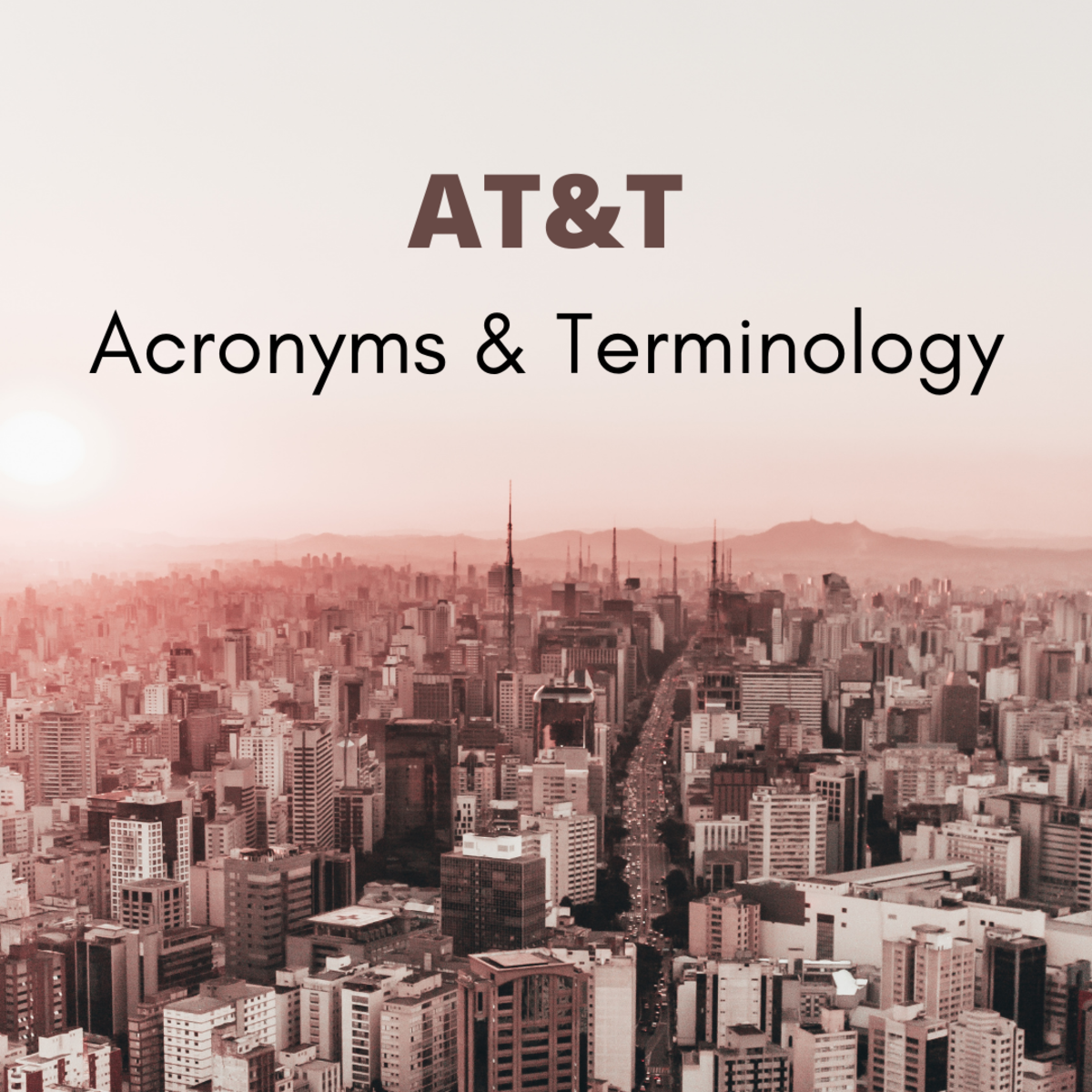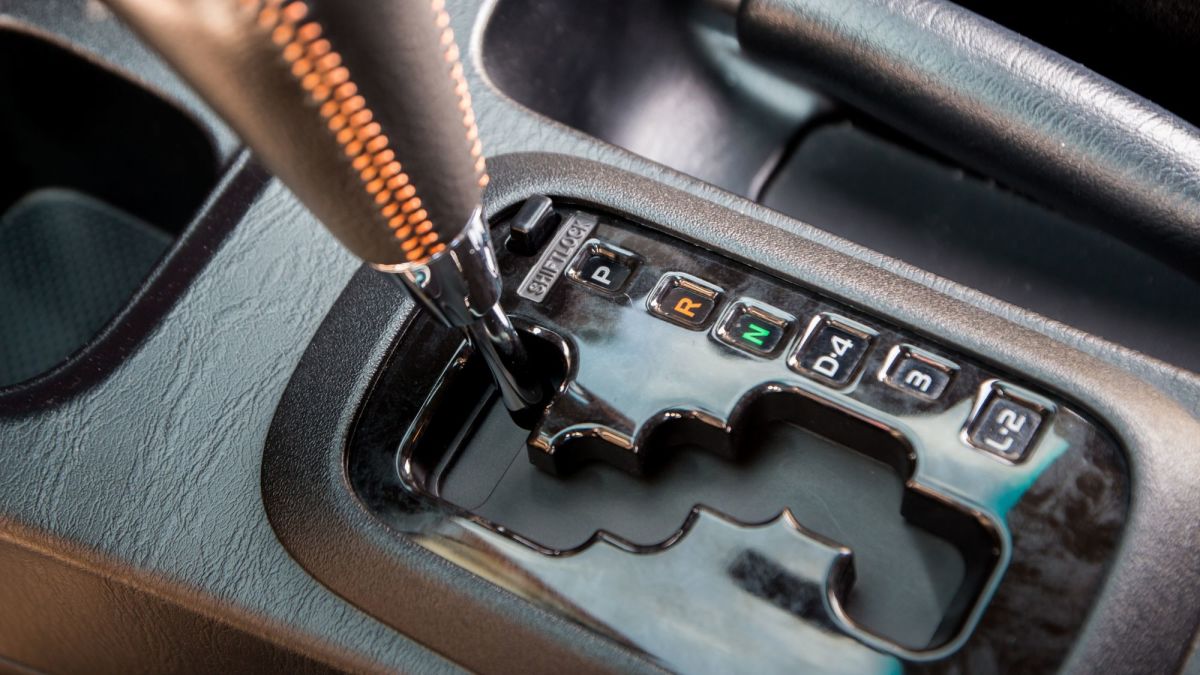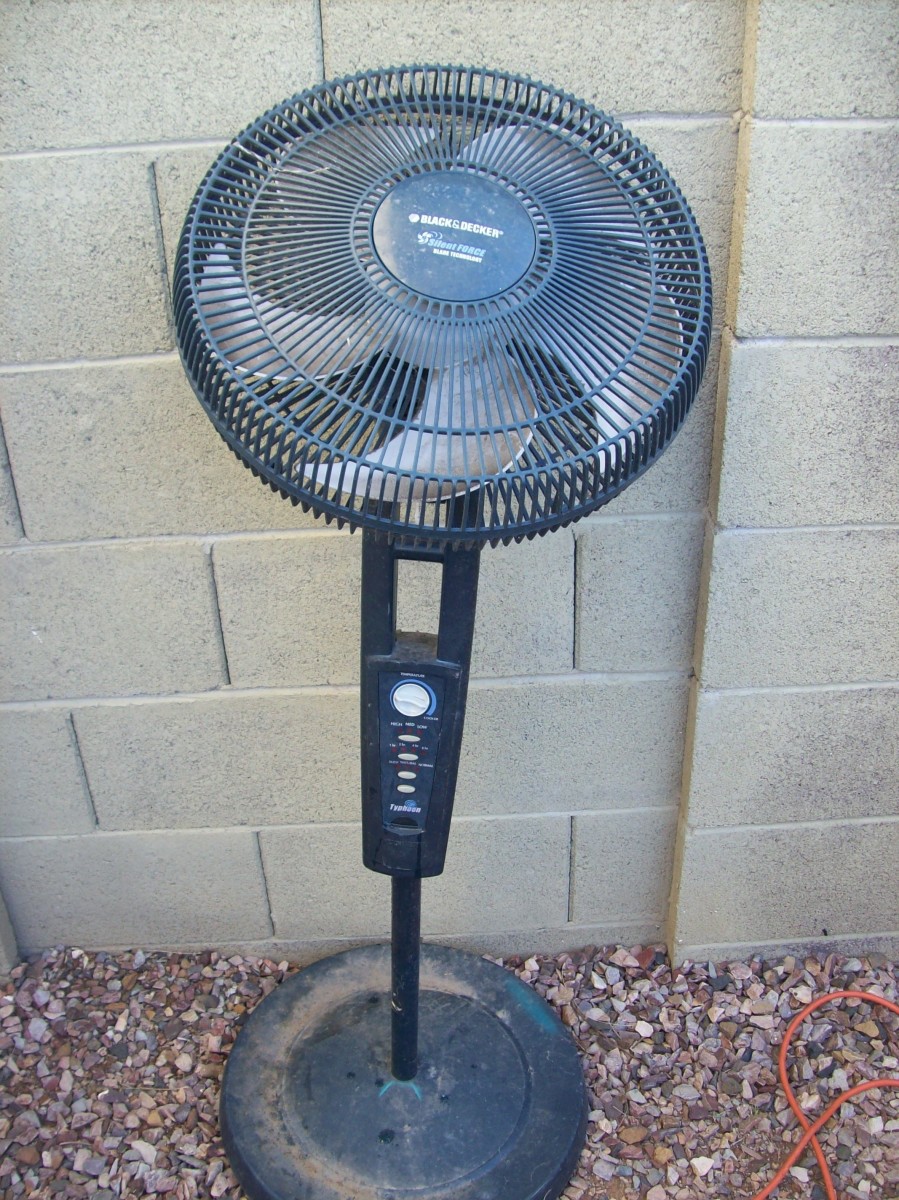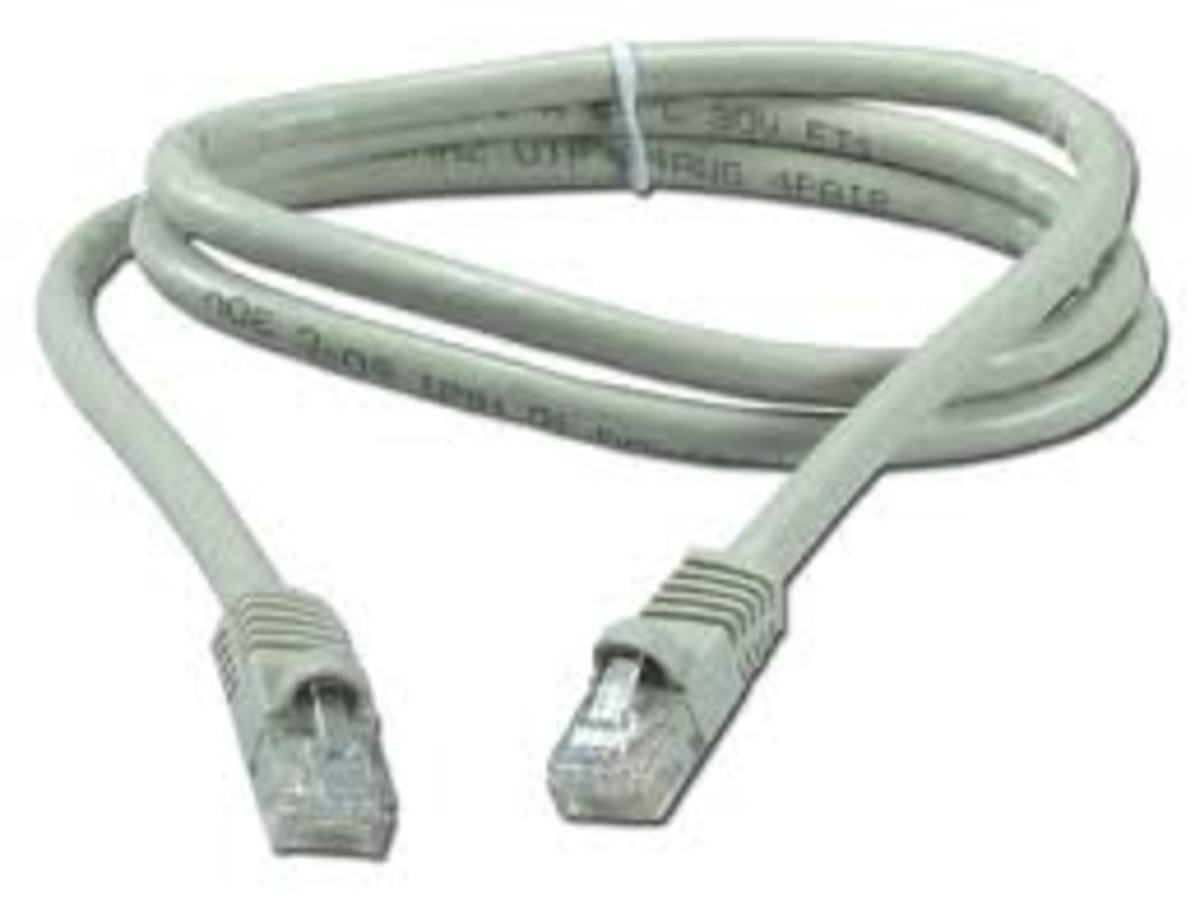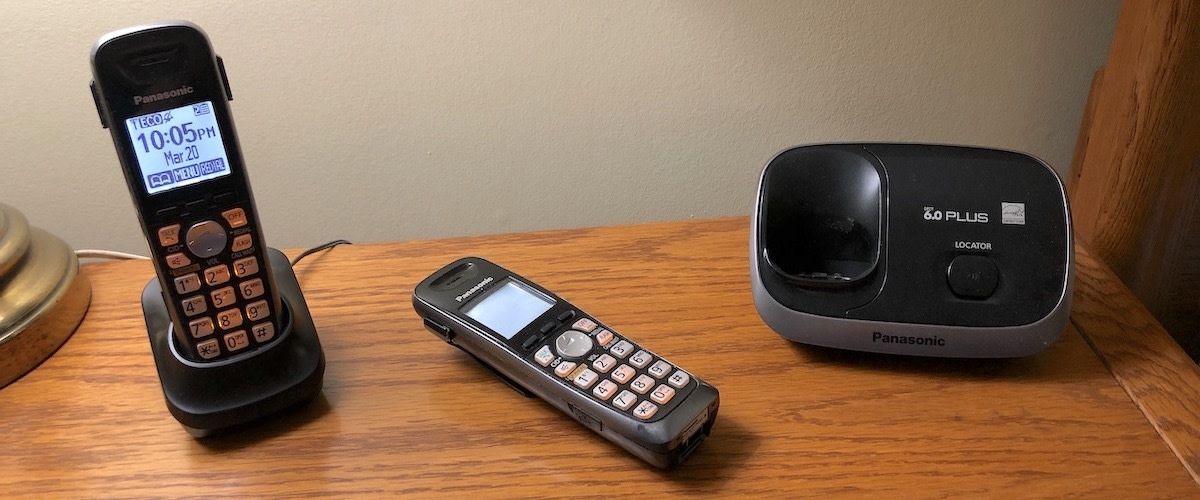Fiber Optic Cable vs. Copper Cable: Which to Choose?
With the development of Internet, cable is becoming an important part of the Ethernet-based networks. As common cable wires, both fiber optic cable and copper cable can provide industries and homes with Internet. These two different types actually have several different varieties of uses either in office or residential areas. It may be difficult on how to choose them. But comparing them from five significant aspects may help you have a better choice.
Definition of Fiber Optic Cable and Copper Cable
Fiber Optic Cable
Fiber optic cable is a cable for transmission consisting of two or more glass or plastic fiber cores that are placed in a protective cladding and covered by a plastic outer jacket. It is used instead of metal wires because the signal traveling along it loses less. It is designed for long distance and high performance transmission in data networking and telecommunications. Hence, it is widely used for commercial business, governments, military and many other industries for voice, video and data transmission.
Copper cable
Copper cable is an old, cheap, and the most common form of transmission medium till date. It has been used in communication industry for many years and it is remained in use in many networks today. As an Ethernet cable, copper cable connects devices within the LAN, such as PC, routers, and switches. Copper cable has good performances and electrical interference protection, making it suitable for commercial networks, wiring inside office walls, and home networking setups.
Fiber Optic Cable vs. Copper Cable
The following part will compare fiber optic cable and copper cable from five aspects: bandwidth, transmission speed, security, reliability, and cost.
Bandwidth
Copper cable transmits data through electrical impulses, which is adequate for voice signals. But it has limited bandwidth and can support up to 10 Gbps with maximum 100m distance currently. However, fiber patch cable provides over 1000 times as much bandwidth as copper cable. For example, typical multimode fiber’s bandwidth can reach up to 4700 MHz/km, which means it can transmit 10 GHz over 550-meter cable.
Transmission speed
Because of the low attenuation and excellent signal integrity, fiber optic cable has longer cable segments than copper cable. Such as OM3 fiber, it can support Gigabit to 1 km, and for single mode cable, it even can reach up to 100 km. However, copper cable is limited to 100 m.
Security
Because copper cables operate through electrical signals, they can be easy to the effects of electromagnetic interference from lightning, nearby power lines or respiratory failure index (RFI) radio signals. However, fiber is an insulator, which means that no electrical current flows through it. So it is resistant to fire and electromagnetic interference. In short, data transmission through the fiber is slightly more reliable.
Reliability
Fiber optic cable is exactly stable that it is immune to the external environment like temperature changes, terrible weather, and moisture. But for copper cable, it is easy to be influenced by the factors of external factors. For example, if not properly installed, copper cables will produce electromagnetic currents that can interfere with other wires and decrease the network performance. Moreover, fiber optic cable does not cause a fire while a worn and old copper cable can.
Cost
Are copper cables cheaper than fiber patch cables? There is no clear answer yet, because there are many factors to consider. As a general rule, fiber patch cable is 1-5% more in cost than copper cable. From a long-term perspective, copper cable exactly costs less at the beginning, but it will be more expensive over the lifetime of the installation, maintenance costs, and downtime. As for fiber patch cable, because of its durability and reliability, the total cost of ownership will be lower.

Conclusion
We can see fiber patch cable and copper cable everywhere in our lives, both of them have their advantages and unique characteristics. Generally speaking, fiber patch cable is more suitable for large applications requiring higher bandwidth or spanning larger distance, and copper cable is more suitable for small applications like small office networks and family networks. But which to choose, depends on your actual demands.

